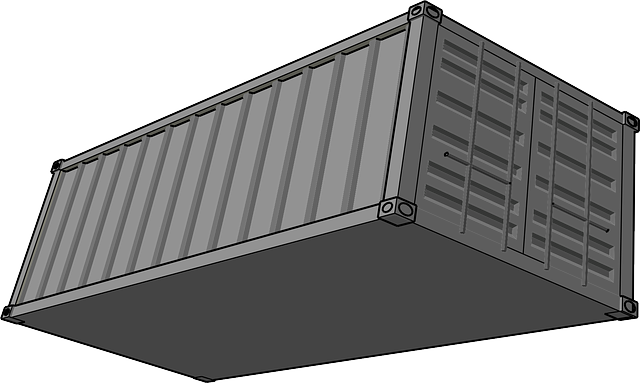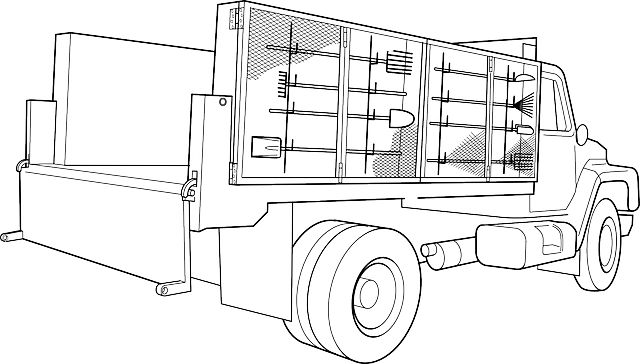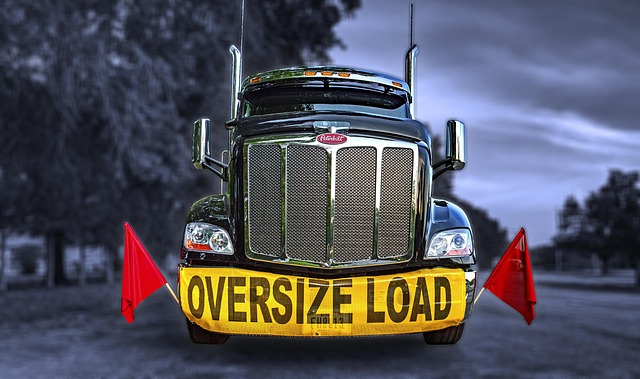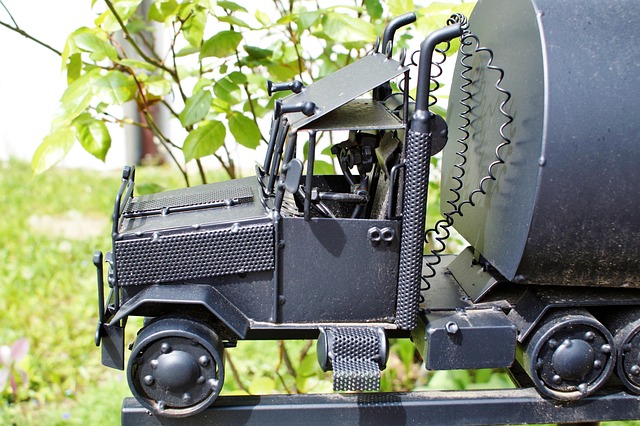Owner-operators face unique risks while managing their vehicles and services under contract, making physical damage coverage a crucial element of their insurance policy portfolio. This coverage protects against financial losses from accidents or property damage, helping mitigate unexpected events like vehicle repairs, legal fees, and medical bills. By integrating different insurance policies, businesses gain an efficient risk management tool that includes physical damage coverage for owner-operators, streamlining administrative tasks and reducing costs. Tailored strategies, such as incorporating specific coverages into existing policies, can significantly lower costs while providing peace of mind against unforeseen events. A comprehensive risk management plan, including safety protocols, regular maintenance, driver training, and diverse insurance options, is vital to minimize accidents and financial losses.
In today’s dynamic business landscape, owner-operators face complex risks that require thoughtful risk management. This article guides you through essential components of comprehensive risk mitigation, focusing on the critical aspect of physical damage coverage for owner-operators. We’ll explore how integrating multiple policies can create a robust and cost-effective solution. Learn strategies to develop a tailored risk management plan, ensuring your business is protected against unforeseen events while optimizing costs.
Understanding Physical Damage Coverage for Owner-Operators

Owner-operators, who manage their own vehicles and provide services under contract, often face unique risks on the road. Physical damage coverage is a crucial aspect of their insurance policy portfolio as it protects against financial losses incurred due to accidents causing physical harm or damage to property. This type of coverage is designed to help owner-operators manage unexpected events that can lead to significant expenses, including vehicle repairs or replacements, legal fees, and medical bills.
Understanding physical damage coverage ensures that owner-operators can make informed decisions when selecting their insurance plans. It typically includes comprehensive and collision coverage options, which safeguard against various perils such as accidents, natural disasters, theft, and vandalism. By evaluating these coverage types, owner-operators can tailor their policies to fit their specific needs, balancing protection with cost-effectiveness.
Benefits of Integrating Multiple Policies

By combining policies, businesses can create a comprehensive and cost-effective solution that offers numerous benefits. One of the key advantages is expanded protection for assets, including physical damage coverage for owner-operators. This integrated approach ensures that all aspects of operations are secured, from the vehicle itself to the business’s liability in case of accidents or damages.
Moreover, combining policies streamlines administrative processes and reduces potential loopholes. It simplifies billing and claims management, as everything is handled under one roof. This efficiency not only saves time but also minimizes costs associated with managing multiple insurance providers. As a result, businesses can focus on their core operations, knowing that their risk management is optimized and budget-friendly.
Strategies for Cost-Effective Solutions

When aiming for a cost-effective solution, especially in industries where risks of physical damage are high, tailored strategies can significantly reduce financial burdens. One effective approach is to combine specific coverage types, such as integrating physical damage coverage into policies for owner-operators. This collaborative strategy not only broadens protection but also distributes risks more evenly, potentially lowering individual premiums.
By evaluating the unique needs of owner-operators and incorporating relevant coverages, insurers can create comprehensive yet economical packages. For instance, bundling physical damage protection with existing policies can offer a holistic solution that addresses potential losses from accidents or natural disasters without breaking the bank. This method ensures that owner-operators have peace of mind, knowing they’re protected against unforeseen events while maintaining financial control through strategic insurance design.
Creating a Comprehensive Risk Management Plan

Creating a comprehensive risk management plan is essential for both business owners and individual owner-operators to mitigate potential risks and safeguard their assets. This involves a multifaceted approach, including assessing and understanding the specific hazards inherent to your operations. For businesses, this might include evaluating physical damage coverage needs based on location, industry, and asset value. Owner-operators should consider risks unique to their vehicles and driving habits, ensuring adequate insurance policies are in place to protect against unexpected events.
A well-crafted risk management strategy will encompass various strategies tailored to the specific needs of the business or owner-operator. This might involve implementing safety protocols, regular maintenance checks, and driver training programs to minimize the likelihood and impact of accidents. Additionally, it could include diversifying insurance options, such as combining liability coverage with physical damage coverage, to ensure a robust defense against financial losses in various scenarios.
Combining policies is a strategic approach for owner-operators to secure comprehensive and cost-effective solutions. By understanding physical damage coverage and its benefits, operator-owners can integrate multiple policies to mitigate risks effectively. This involves developing a tailored risk management plan that balances protection against potential losses with reasonable costs. Such an integrated strategy ensures owner-operators are well-prepared to face the uncertainties of their operations while maintaining financial stability.
